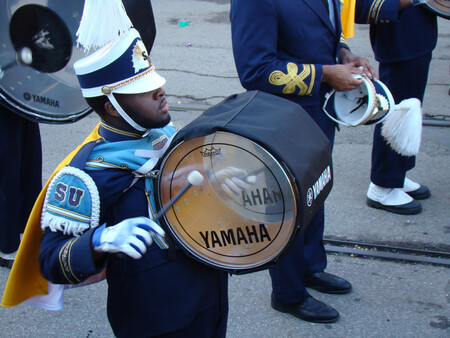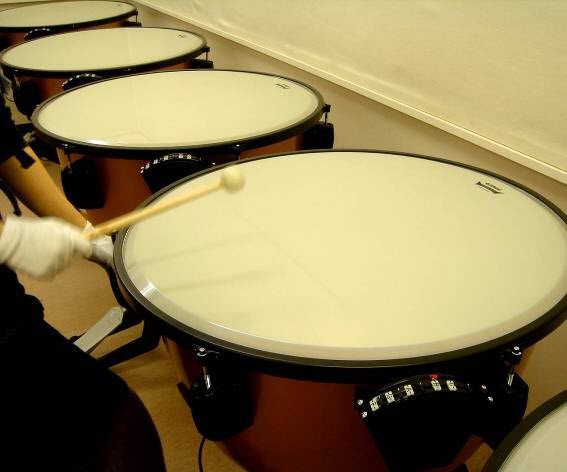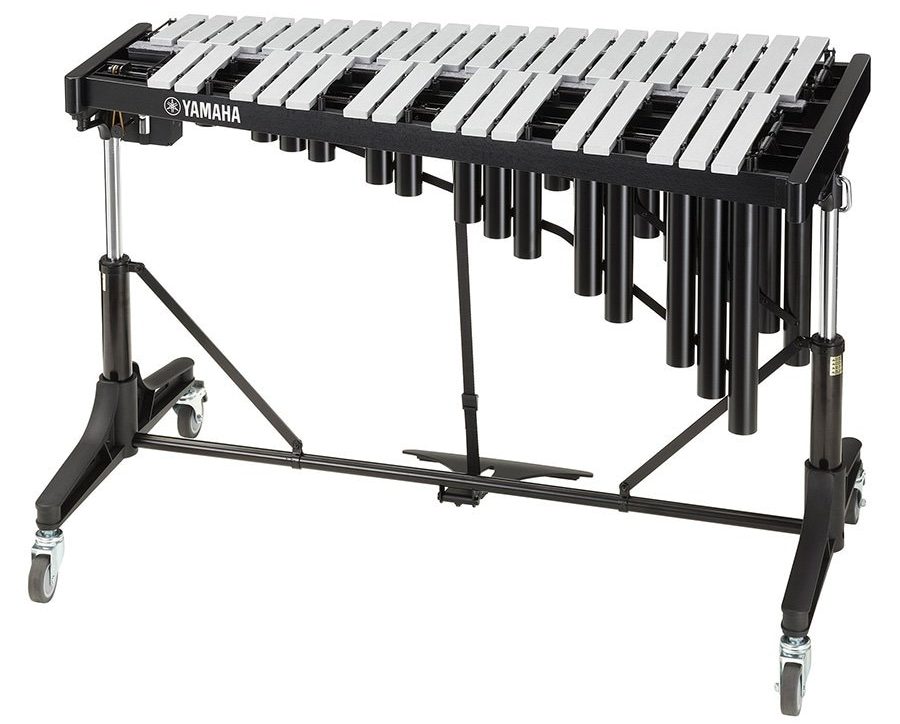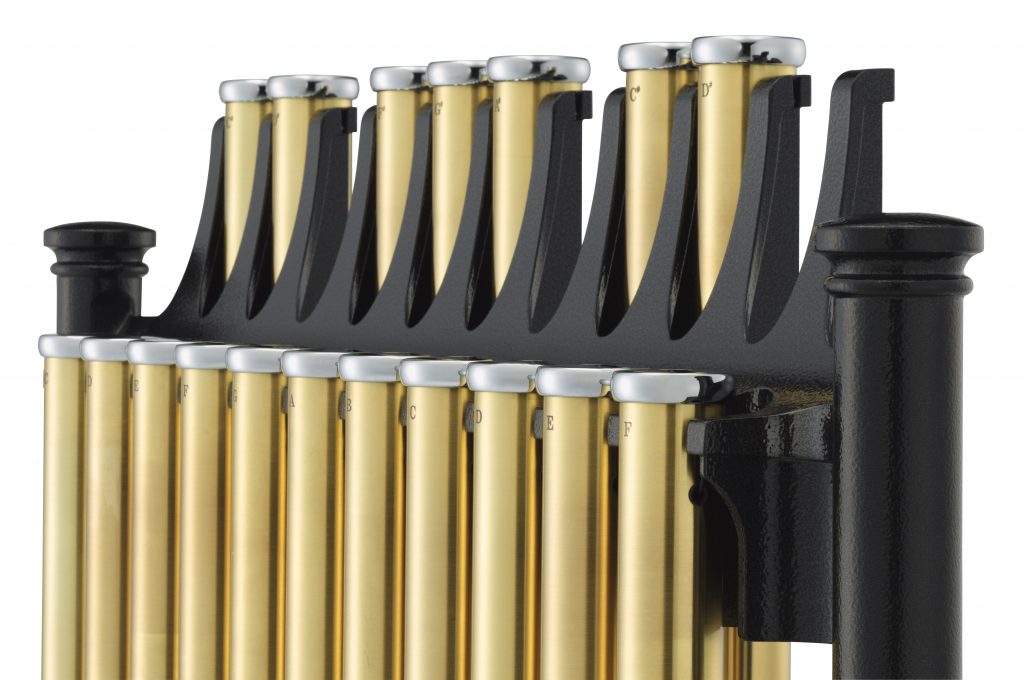Vibraphone Lessons with Rusty Burge, Part 3: Basic Jazz Voicings
How to create underlying voicings when comping chords.
Here’s the third and final installment in our series of video lessons on vibraphone performance technique by Yamaha Performing Artist Rusty Burge.
Unlike the piano, the vibraphone player only has four mallets to create jazz voicings when comping chords. The young improviser must learn these foundations of voicings and voice leading to be able to successfully comp chords during solos. In this video, Rusty introduces basic jazz vibraphone voicings:
We suggest you begin with a two-note voicing. In this video example, Professor Burge uses the 3rd and 7th note of the chord. Once you are comfortable playing the 3rd and 7th notes of the chord, add a third note and then eventually the fourth note. (The video provides a number of accompanying musical examples.) Once you are comfortable playing the voices in all 12 keys, practice alterations to the dominant chord to add more color to the voicing, as shown in the video.
Rusty Burge is Professor of Percussion at the Cincinnati College-Conservatory of Music and is also a member of Percussion Group Cincinnati, with whom he has performed extensively throughout North America, Europe and Asia. He was formerly principal percussionist with the West Virginia Symphony and plays extra with the Cincinnati Symphony. Burge received his undergraduate degree from the Eastman School of Music and a master’s degree from CCM, where he teaches percussion and jazz vibraphone in addition to directing the CCM Steel band. He has performed with Peter Erskine, Ted Nash, Rich Perry, Dave Liebman, Rufus Reid, Steve Allee, Roland Vazquez and Michael Spiro. His new book, Method for Vibraphone, will be released this coming fall.
Click here for Part 1 in this series: Pedaling Technique and Grips.
Click here for Part 2 in this series: Using Patterns in Improvisation.
Click here for more information about Yamaha vibraphones.















